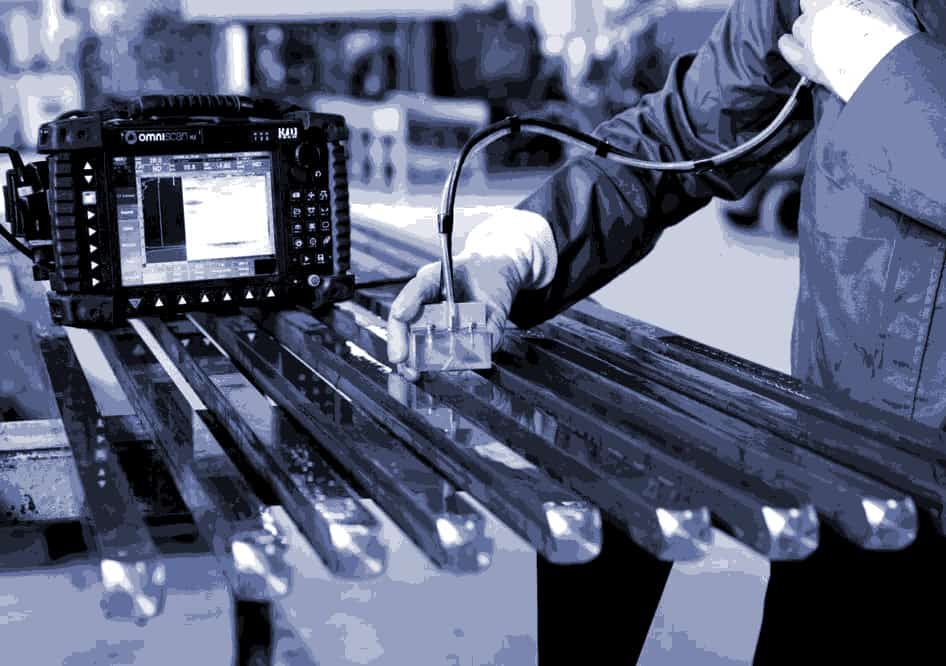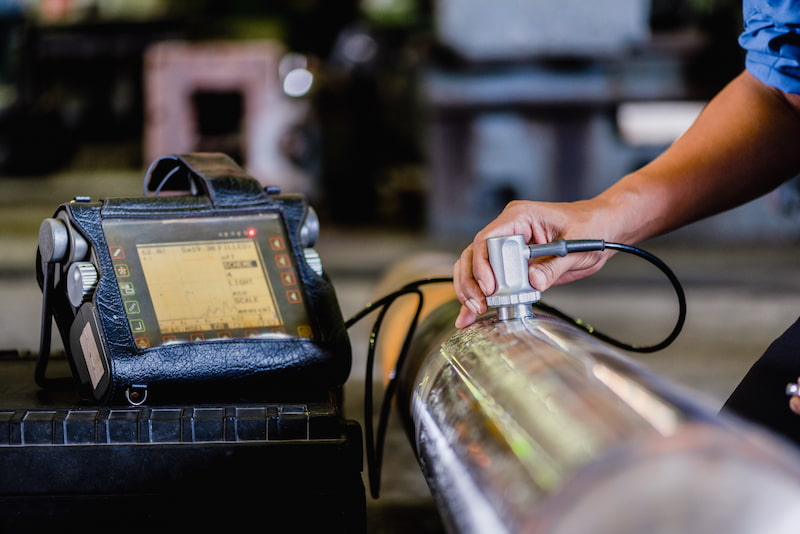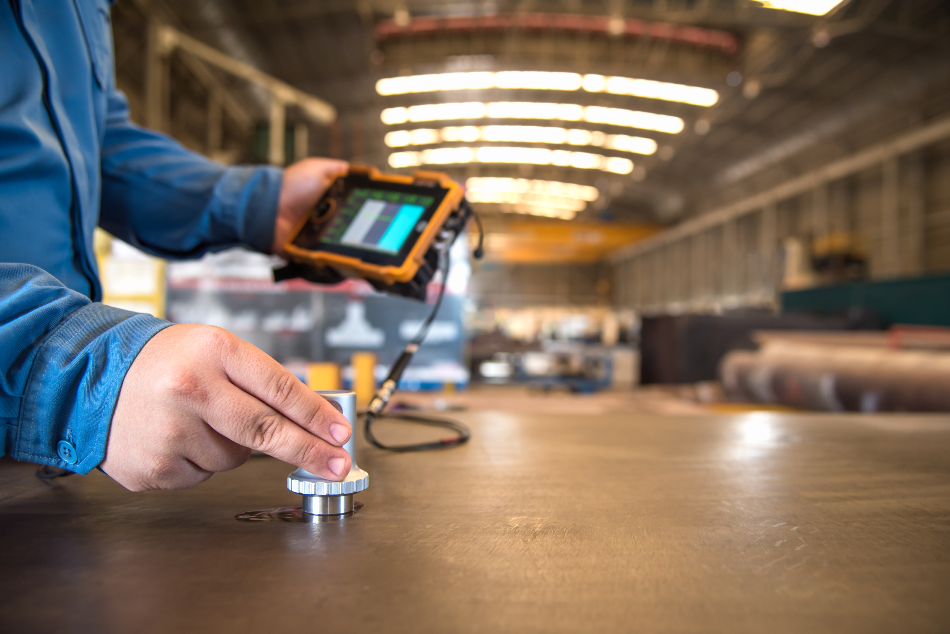In the world of quality assurance and inspections, the term synchronization drift often arises, especially during long inspections. This phenomenon can significantly impact the accuracy and reliability of inspections. As industry QA professionals, understanding and addressing synchronization drift is crucial to ensuring high-quality outcomes. Let’s delve into what synchronization drift is, why it occurs, and how it can be managed effectively.

What is Synchronization Drift?
Synchronization drift refers to the gradual loss of alignment between multiple systems or devices that are supposed to work in harmony during an inspection process. Over time, due to various factors, these systems can fall out of sync, leading to discrepancies in data collection and analysis. This drift can occur in various inspection scenarios, such as vibration testing, crack detection, and calibration tests.
Causes of Synchronization Drift
Several factors contribute to synchronization drift during long inspections. These include environmental changes, equipment aging, and even human error. In many cases, the lack of proper maintenance or calibration can exacerbate the drift. Moreover, synchronization during calibration tests is often overlooked, leading to further complications.
Environmental Factors
Changes in temperature, humidity, and other environmental conditions can affect the performance of inspection equipment. These factors can cause components to expand or contract, leading to synchronization issues.
Equipment Aging
As equipment ages, its components may degrade, causing synchronization to drift. Regular maintenance and timely replacements are essential to mitigate this issue.
Impact of Synchronization Drift on Inspection Accuracy
The primary concern with synchronization drift is its impact on inspection accuracy. Misaligned systems can result in inconsistent data, leading to incorrect conclusions. In critical industries, such as oil and gas, this can have severe consequences. To learn more about determining inspection frequencies in such industries, visit this resource.
Strategies to Manage Synchronization Drift
Addressing synchronization drift requires a proactive approach. Here are some strategies to consider:
Regular Calibration and Maintenance
Ensuring that equipment is regularly calibrated and maintained can help prevent drift. Implementing a robust maintenance schedule is vital.
Use of Advanced Technology
Leveraging advanced technology, such as automated synchronization tools, can help maintain alignment during inspections. These tools can automatically adjust for drift, ensuring consistent results. For more insights, visit how synchronization improves inspection accuracy.
Future Trends in Managing Synchronization Drift
As technology advances, new methods are emerging to tackle synchronization drift. The integration of AI and machine learning in inspection processes is expected to provide more precise solutions. These technologies can predict drift patterns and suggest corrective actions in real-time.
AI and Machine Learning
AI and machine learning algorithms can analyze vast amounts of data to identify potential drift issues before they become significant problems. This predictive capability is a game-changer in ensuring inspection accuracy.
Real-Time Monitoring Systems
Real-time monitoring systems can provide instant feedback on synchronization status, allowing for immediate corrective actions. These systems are becoming more sophisticated and accessible.
Conclusion
Synchronization drift is a critical challenge in long inspections that requires attention from QA professionals. By understanding its causes, impacts, and management strategies, professionals can ensure more accurate and reliable inspections. Embracing technological advancements will further enhance the ability to manage synchronization drift effectively.

FAQs
What is the main cause of synchronization drift?
The main causes of synchronization drift include environmental factors, equipment aging, and lack of regular maintenance.
How can synchronization drift be minimized?
Synchronization drift can be minimized through regular calibration, maintenance, and the use of advanced synchronization tools.
What role does technology play in managing synchronization drift?
Advanced technology, such as AI and real-time monitoring systems, plays a crucial role in predicting and correcting synchronization drift, ensuring inspection accuracy.
This article contains affiliate links. We may earn a commission at no extra cost to you.
